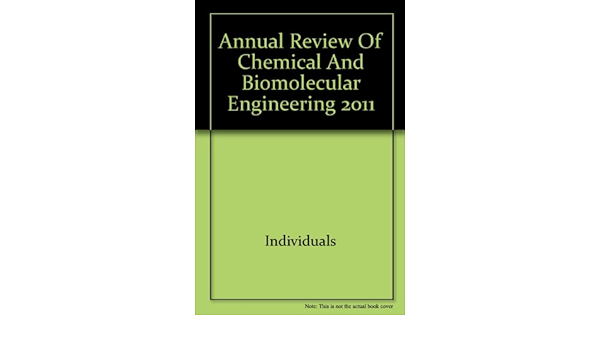Phenolic Profile and Biological Properties of Momordica charantia
IF 7.6
2区 工程技术
Q1 CHEMISTRY, APPLIED
Annual review of chemical and biomolecular engineering
Pub Date : 2021-03-26
DOI:10.11648/J.CBE.20210601.13
引用次数: 8
Abstract
M. charantia is an important medicinal plant belongs to family cucurbitaceae. It originates from India, Malasiya and is widely spread all over tropical, subtropical and warm temperate regions of the world. This research work has been designed to evaluate the antioxidant, antimicrobial and toxicological potential of M. charantia. The antifungal and antioxidant components of M. charantia leaves, seeds and peels were extracted by using four solvent systems (80% methanol, 80% ethanol, 100% methanol and 100% ethanol) andleaves presented maximum extract yield (22.7 g/100g DW) in 80% methanolic solvent system. Phytochemical analysis of M. Charantia leaves, seeds and peels extracts performed in terms of total phenolic and total flavonoid contents, showed that 80% methanolic leaves extract offered highest total phenolic contents (47.1 mg GAE/g DW), whereas80% ethanolic leaves gave maximum total flavonoid contents (67.3 mg CE/g DW). The phenolic contents were also analysed by HPLC. Antioxidant activity was determined by DPPH radical scavenging activity and measure of reducing power. Results revealed that 80% methanolic leaves extract showed highest radical scavenging activity and reducing potential. Antimicrobial activity of M. charantia leaves, seeds and peels was investigated by Disc Diffusion Method and Minimum Inhibitory Concentration (MIC). Results showed that 80% methanolic extract of leaves exhibited highest antibacterial and antifungal potential against P. multocida (30 mm DIZ) and A. paraciticus (28 mm DIZ), respectively. Cytotoxicity analysis was performed on BHK-21 cell by adopting the MTT assay. The cytotoxicity activity of the 80% methanolic extract of leaves was evaluated by noticing the cell survival percentage (53.4%). Overall results of the present study showed that 80% methanolic leaves extracts of M. charantia possesses very good antioxidant, antimicrobial and cytotoxic properties.苦瓜(Momordica charantia)的酚类特征及生物学特性
葫芦是葫芦科重要的药用植物。它原产于印度、马来西亚,广泛分布于世界热带、亚热带和暖温带地区。本研究的目的是评价白支霉的抗氧化、抗菌和毒理学潜力。采用80%甲醇、80%乙醇、100%甲醇和100%乙醇4种溶剂体系分别提取夏姜叶片、种子和果皮的抗真菌和抗氧化成分,80%甲醇溶剂体系的提取率最高(22.7 g/100g DW)。对夏三叶、种子和果皮提取物的总酚和总黄酮含量进行了植物化学分析,结果表明,80%乙醇提取物的总酚含量最高(47.1 mg CE/g DW), 80%乙醇提取物的总黄酮含量最高(67.3 mg CE/g DW)。用高效液相色谱法测定了酚类物质的含量。以DPPH自由基清除能力和还原力测定其抗氧化活性。结果表明,80%甲醇叶提取物具有最高的自由基清除活性和还原潜力。采用圆盘扩散法和最小抑菌浓度法(MIC)研究了白刺草叶片、种子和果皮的抑菌活性。结果表明,80%乙醇提取物对多杀假单胞菌(30 mm DIZ)和副嗜酸假单胞菌(28 mm DIZ)的抑菌活性最高。采用MTT法对BHK-21细胞进行细胞毒性分析。通过观察细胞存活率(53.4%)来评价80%乙醇提取物的细胞毒活性。综上所述,80%甲醇含量的白杨叶提取物具有良好的抗氧化、抗菌和细胞毒性。
本文章由计算机程序翻译,如有差异,请以英文原文为准。
求助全文
约1分钟内获得全文
求助全文
来源期刊

Annual review of chemical and biomolecular engineering
CHEMISTRY, APPLIED-ENGINEERING, CHEMICAL
CiteScore
16.00
自引率
0.00%
发文量
25
期刊介绍:
The Annual Review of Chemical and Biomolecular Engineering aims to provide a perspective on the broad field of chemical (and related) engineering. The journal draws from disciplines as diverse as biology, physics, and engineering, with development of chemical products and processes as the unifying theme.
 求助内容:
求助内容: 应助结果提醒方式:
应助结果提醒方式:


